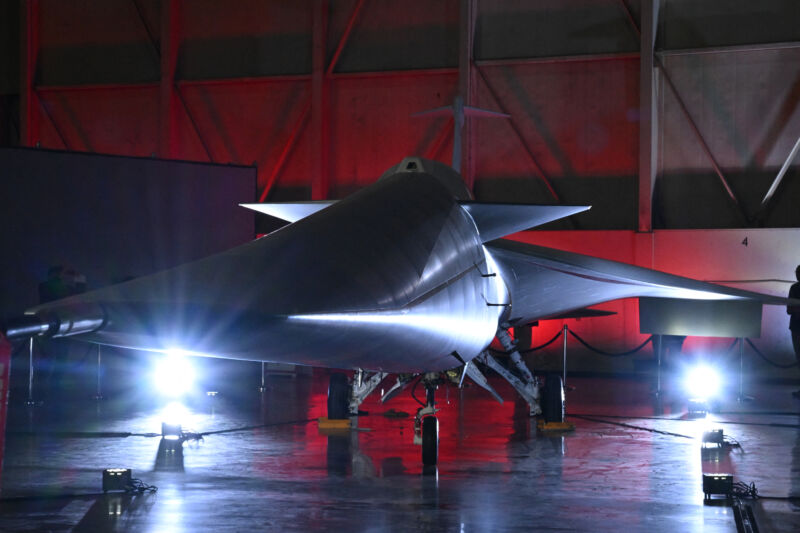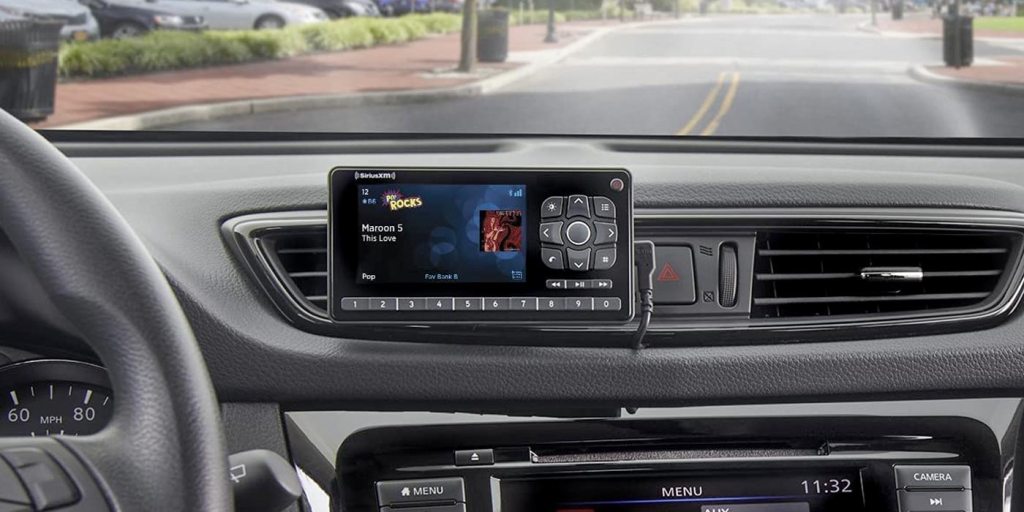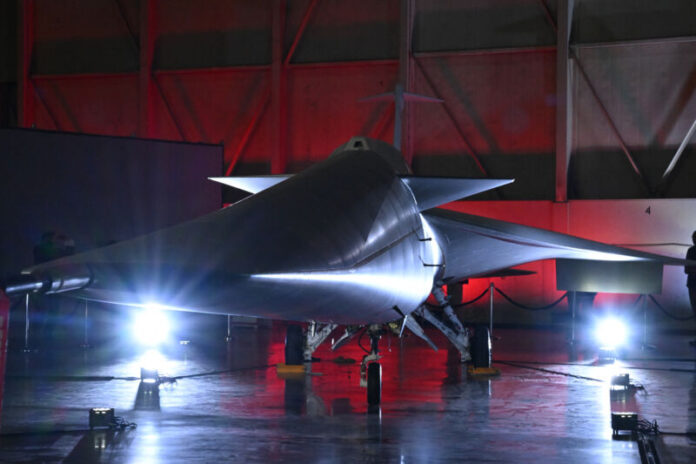
Enlarge / NASA's and Lockheed Martin's X-59 experimental supersonic jet is unveiled during a ceremony in Palmdale, California, on January 12, 2024. (credit: Robyn Beck/AFP via Getty Images)
When Chuck Yeager reached Mach 1 on October 14, 1947, the entire frame of his Bell X-1 aircraft suddenly started to shake, and the controls went. A crew observing the flight in a van on the ground reported hearing something like a distant, rolling thunder. They were probably the first people on Earth to hear a boom made by a supersonic aircraft.
The boom felt like an innocent curiosity at first but soon turned into a nightmare. In no time, supersonic jets—F-100 Super Sabers, F-101 Voodoos, and B-58 Hustlers—came to Air Force bases across the US, and with them came the booms. Proper, panes-flying-off-the windows supersonic booms. People filed over 40,000 complaints about nuisance and property damage caused by booming jets, which eventually ended up with the Federal Aviation Administration imposing a Mach 1 speed limit for flights over land in 1973.
Now, NASA wants this ban to go. It has started the Quesst mission to go fast over American cities once more. But this time, it wants to do it quietly.
Read 54 remaining paragraphs | Comments
Ars Technica - All contentContinue reading/original-link]




